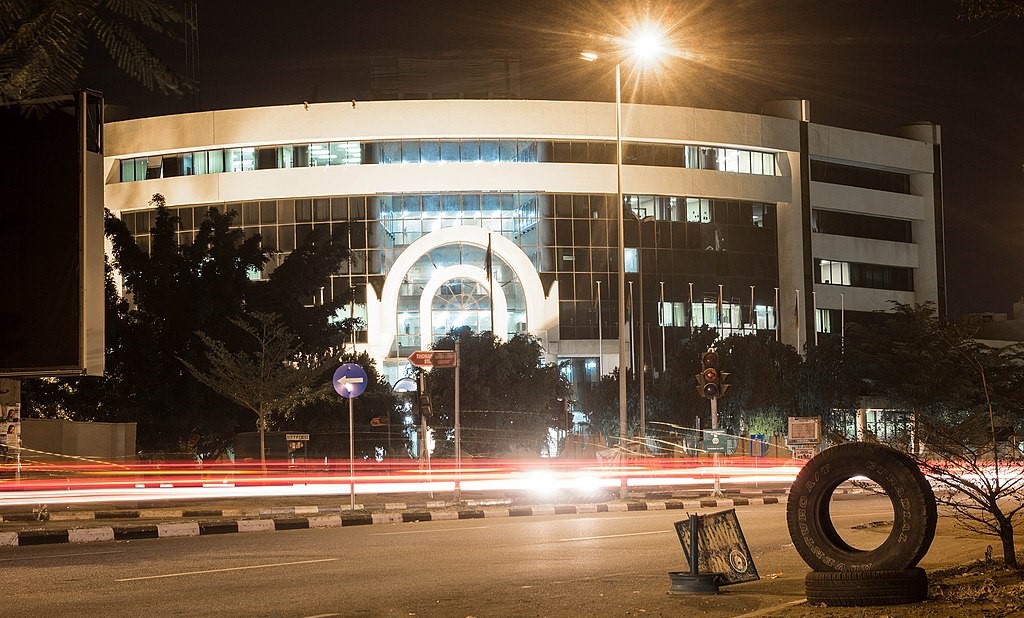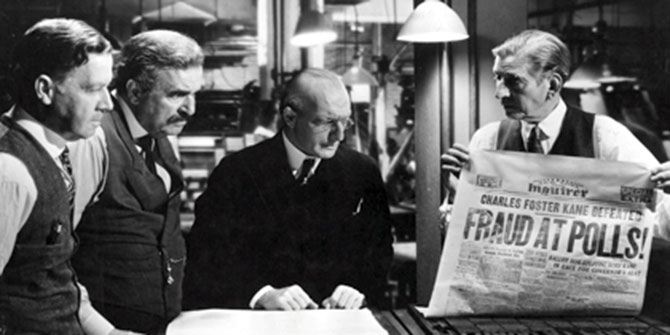As a new edition of Year of Fire, Year of Ash by Baruch Hirson is republished, Anne Heffernan examines whether this volume stands the test of time.
Baruch Hirson was a lecturer in physics at the University of the Witwatersrand in the 1950s and 1960s. He was also a secret member of the South African Communist Party after that organisation was banned in 1950, a founder of the Socialist League of Africa, and an active anti-apartheid campaigner. His participation in a sabotage campaign in the early 1960s sent him to prison for nearly a decade. Upon his release from prison in 1973, he and his family went into exile in the United Kingdom. It was from exile that Hirson, now becoming a historian of South Africa, watched the unfolding events of the Soweto Uprising of June 1976, and wrote his first major monograph, Year of Fire, Year of Ash: The Soweto Schoolchildren’s Revolt that Shook Apartheid.
 Originally published in 1979, Year of Fire, Year of Ash takes its title from a poem about the schoolchildren of Soweto by Oupa Mthimkulu called ‘Nineteen Seventy-Six’. Hirson’s book became the seminal scholarly text about these events, which nearly all observers recognised as a pivotal turning point in the struggle against apartheid. In honour of the fortieth anniversary of the Soweto Uprisings, Zed Books has released a new edition of this text.
Originally published in 1979, Year of Fire, Year of Ash takes its title from a poem about the schoolchildren of Soweto by Oupa Mthimkulu called ‘Nineteen Seventy-Six’. Hirson’s book became the seminal scholarly text about these events, which nearly all observers recognised as a pivotal turning point in the struggle against apartheid. In honour of the fortieth anniversary of the Soweto Uprisings, Zed Books has released a new edition of this text.
Hirson traces the long durée of black student protest in South Africa, beginning with the establishment of formal schools for Africans around the turn of the nineteenth century in the Cape. He sketches the growth of African schooling in the four South African provinces after the Act of Union in 1910, and gives particular attention to incidents of student protest and strikes between 1920 and the passage of the Bantu Education Act in 1953. All authors writing about the Soweto Uprisings in particular, and apartheid education in general, have recognised the critical importance of Bantu Education in creating the conditions for revolt in the middle of the 1970s. Hirson devotes a chapter to the ways that this legislation dismantled schools, displaced students, and created conditions at universities for the geographic and social isolation of black students.
A key component of Hirson’s argument in Year of Fire, Year of Ash rests on the activities of these black university students, a decade after their universities were legally segregated. These campuses – Fort Hare, Turfloop, Durban Westville, and others – were the birthplace of Black Consciousness philosophy, which became an organising principle for a new generation of black activists in the early 1970s. Hirson acknowledges the importance of Black Consciousness in mobilising a generation of black students, but critiques the philosophy and its origins on university campuses for being the narrow product of the black petty bourgeoisie. He argues that these young intellectuals were inward looking, and that by being overly theoretical, they failed to make their organisation relevant to black workers. In particular, he critiques Steve Biko for insufficient class analysis. In contrast, he argues that the black workers of the early 1970s – particularly those who engaged in the Durban strikes of 1973 – ‘set the pace’ for the revolt that was to come.

Photo Credit: GL Craig via Flickr (http://bit.ly/2cSPjzj) CC BY-NC-ND 2.0
New scholarly work has nuanced and refuted some of Hirson’s critiques of the Black Consciousness Movement. Julian Brown’s recent The Road to Soweto (James Currey, 2016) has problematised the stark dichotomy in the historiography of the 1970s between workers and students; Hirson was only the first of many scholars to read these movements as largely unrelated. In The Law and the Prophets (Ohio University Press, 2010) Daniel Magaziner has demonstrated that, despite its relatively small roots on black campuses, Black Consciousness did have an outsized impact on black South African society, and on the generation of 1976. Despite these and other correctives, however, nearly forty years after its publication, Year of Fire, Year of Ash remains a seminal text to which new historical work continues to speak.
In her foreword to the new edition, Shula Marks points to the importance of reading Hirson’s text now, in another moment of student mobilisation across South African campuses. Yet again students and workers are protesting systemic injustice across South Africa; this time the oppression is economic rather than political, and class forms a key part of the discourse. One of the key victories of 2015’s #FeesMustFall protests was the ‘insourcing’ of outsourced workers at many of the country’s universities. Again there is an arguable mismatch between the theoretical discussions of students – their use of Fanon and reprisal and reworking of Black Consciousness itself – and the broader struggle. It remains to be seen if the student protests of 2015-16 will be able to successfully link to broader struggles (including ‘service delivery’ protests) in South African society. Baruch Hirson would surely recognise many of these struggles, and his analysis from 1979 can help us think through them; to paraphrase Shula Marks’ foreword – this is not a book of our times, but it is a book for our time.
Year of Fire, Year of Ash: The Soweto Schoolchildren’s Revolt that Shook Apartheid. Baruch Hirson. Zed Books. 2016.
Anne Heffernan (@AnneHeffernan84) is a Postdoctoral Fellow with the History Workshop, University of the Witwatersrand in South Africa.
The views expressed in this post are those of the authors and in no way reflect those of the Africa at LSE blog or the London School of Economics and Political Science.





